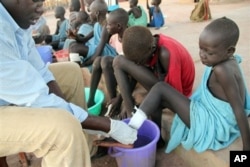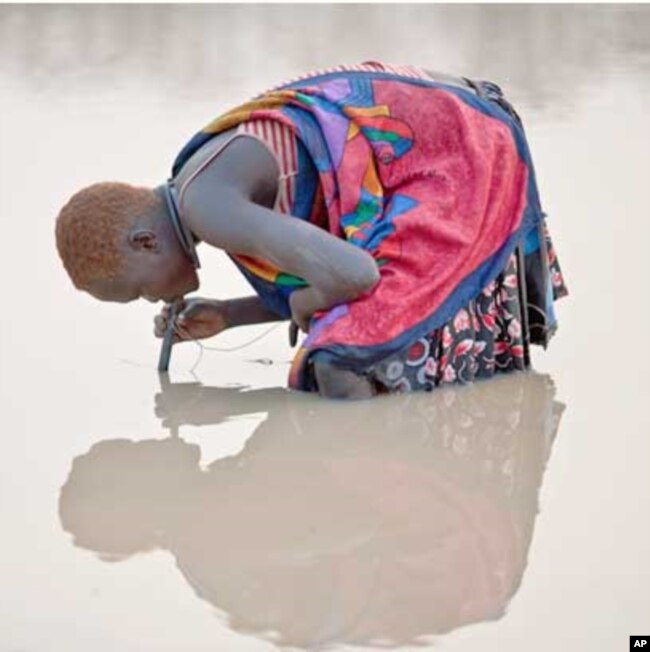Confounding
Gold Member
- Jan 31, 2016
- 7,073
- 1,551
- 280
- Banned
- #1
http://www.economist.com/news/scien...-havoc-wreaks-has-nearly-been-wiped-out-world
It looks like something out of a Gothic movie: a metre-long monster that emerges slowly through blistered human skin, its victim writhing in agony. No one is spared. It can creep out from between the toes of a child or from the belly of a pregnant woman. In the mid-1980s Dracunculus medinensis, the Guinea worm, as this horror is called, afflicted 3.5m people a year in 20 countries in Africa and Asia. But last year that number was down to just 22, all of them in Chad, Ethiopia, Mali and South Sudan. Dracunculiasis is thus poised to become the second human disease to be eradicated, after smallpox.









